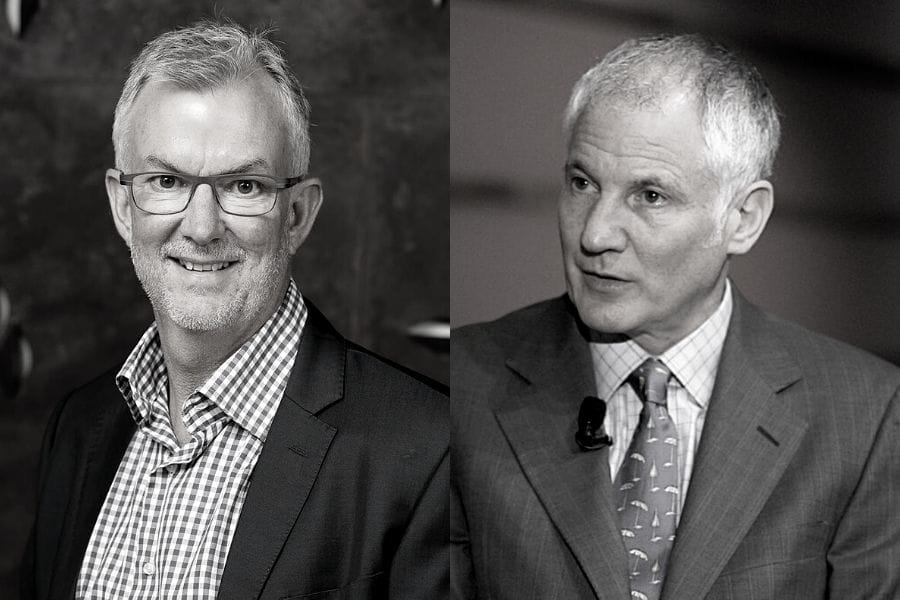What does it really mean to achieve a net zero strategy? As more investors make pledges for net zero, they need to set a strategy to achieve it. Investors leading the pack – ABP, Church Commissioners for England and CalSTRS – discuss the behaviour changes that are needed and how to allocate.
The Netherland’s €493 billion civil service scheme ABP has had a sustainable policy since 2008.
Since then, it has steadily strengthened policy and set more targets, with strategy shaped around asking the pension fund’s stakeholders and beneficiaries to list their ESG priorities.
“Every year we ask them how they view our sustainability strategy and for their preferences,” said Diane Griffioen, chief investment officer of ABP, speaking at Sustainability in Practice adding that the pension fund’s board is closely involved in the process.
The bulk of ABP’s assets are managed by Dutch asset manager APG although the fund does also use some external managers. If these managers wish to invest in a company that doesn’t fit the fund’s sustainability criteria, managers must put forward an engagement plan that the sustainability team then reviews. It led her to stress the importance of working with others around engagement and standards.
“Using the same standards would help comparisons.”
One of the key reason the £9.2 billion Church Commissioners for England embarked on its own net zero strategy was to align its own goals and ambitions with investee companies.
“We didn’t feel it was credible in our engagement and stewardship policy when we asked others to align with Paris, but were not doing it ourselves,” said Tom Joy, CIO at the fund.
He said skills across both the investment function and executive level, plus clear communication is key to success noting the “challenge of getting everyone on board with what we are trying to do.” The fund has a seven-member internal responsible investment team.
“It is a journey we have been on for the last decade,” he said.
At Church Commissioners, ESG is embedded in manager selection where the fund has recently added additional requirements around diversity and inclusion.
“We engage as much with managers as we do companies, asking them to improve,” said Joy, adding that “telling managers what to do” doesn’t work. Instead, relationships are based on partnership and cooperation. He added that the fund tends to partner with managers who are implicit about ESG integration; his team’s role is to nudge them to being more explicit so that the pension fund can take more assurance from the manager strategy.
Elsewhere he said the fund has a particular focus on real world impacts where it “looks under the bonnet” on how well the portfolio aligns to real world impacts.
Panellists reiterated the importance of building the right skills and frameworks at an executive and non-executive level. Frameworks like the TPI help assess investments and the extent to which companies are meeting the challenge. Clear and transparent communication is key given “the finance industry is good at over complicating,” warned Joy.
Board level buy-in is crucial to CalSTRS sustainability success, said Geraldine Jimenez, director of investment strategy and risk at the fund where sustainable investment includes a green bond portfolio, investment in a low carbon index and vocal stewardship and engagement as well as thermal coal exclusion. She said that achieving a net zero portfolio required investee companies to move into this new environment. Cutting carbon in the global equity portfolio is easier than in other allocations, especially a 30 per cent allocation to private assets where data is scarce.
Strategy is also influenced by CalSTRS passionate teacher beneficiaries – who often bring pressure to divest. The pressure CalSTRS and other asset owners bought to bear on oil giant Exxon that resulted in board level director changes will act as a flag to other companies on the importance of disclosure and the power of investor engagement.
She said greenwashing will become more difficult the more investors can use the same language and structures. Investing in-house helps prevent greenwashing, but the problem calls for the wide adoption of standards and the same measurements and working with like-minded investors.
Concluding with a look ahead to COP26, panellists reflected on the importance of the conference addressing the need for a Just Transition and stressed the need for regulatory ambition.
“We would like to see the end of fuel subsidies of fossil fuels that many governments have in place,” concluded Joy.




